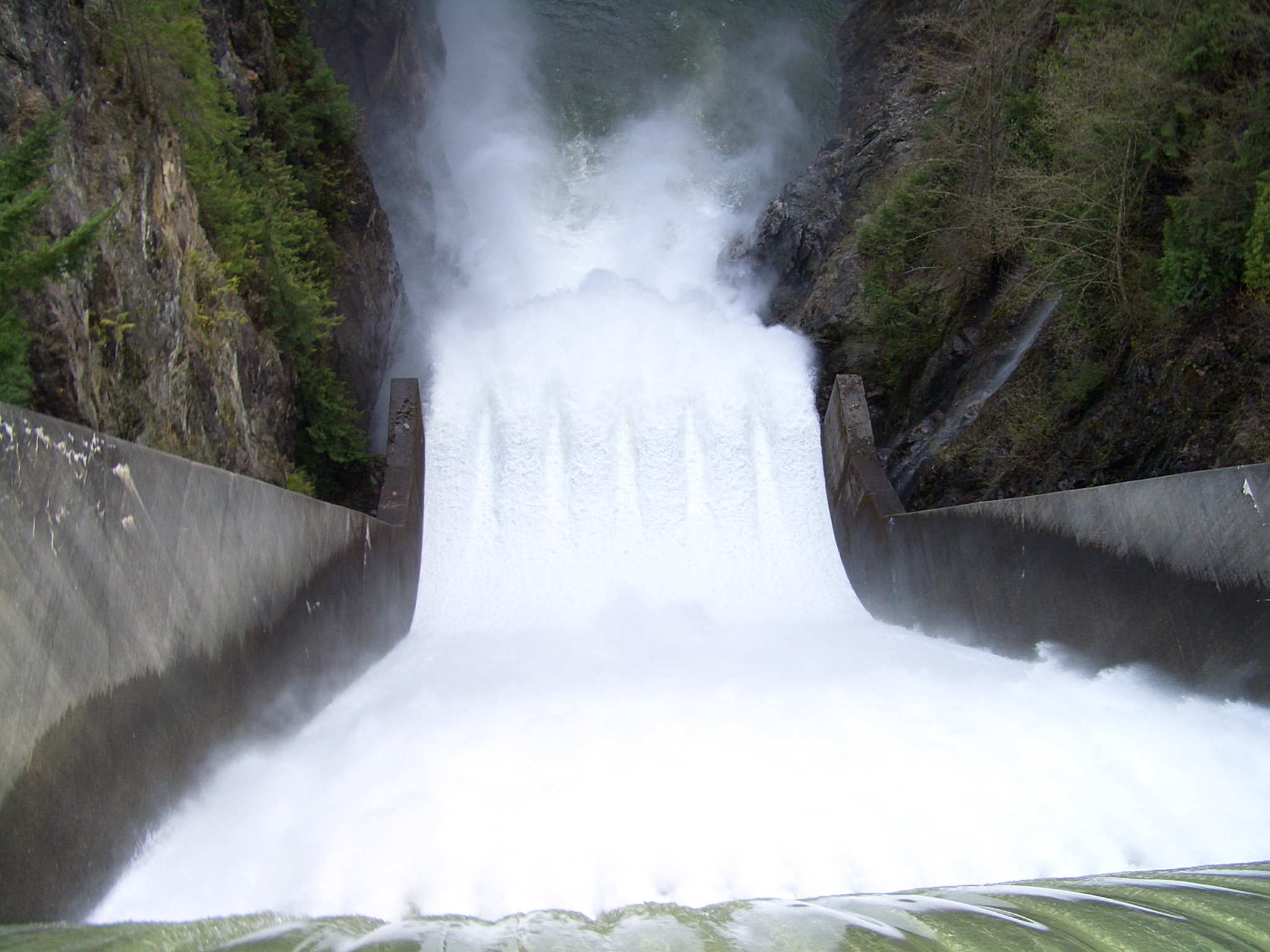The Problem
In 1998, the Greater Vancouver Regional District (GVRD) commenced planning for a $115-million construction project to build a concrete “cut-off” wall within the east embankment of Capilano Reservoir in North Vancouver. The purpose was to reduce excessive leakage of water from the reservoir through the east abutment and around the dam itself. To accomplish this, the water level of the reservoir was reduced during the fall, winter and spring in 2001- 2002 to permit clearing and re-contouring of the east reservoir slope and construction of a 260m long clay blanket and sub-surface cut-off wall. Perhaps the greatest environmental impact associated with this major project was noise emission from off-highway haul trucks that were used to excavate approximately 300,000 cubic metres of soil.
The Approach
The haul route was an existing access road running 1.3 km along the east boundary of the watershed, immediately behind approximately 40 residences, some of which were as close as 10 m from the edge of the haul road. BKL Consultants was retained in the earliest stages of the project to evaluate and compare noise impacts for several alternative construction plans, to predict noise levels for the chosen option, to carry out baseline noise monitoring and to recommend noise mitigation measures. As the project progressed beyond the design stage, BKL assisted in preparing clauses in the construction contract to limit noise emission, participated in public information sessions and carried out an ongoing construction noise monitoring program involving 24-hour noise level measurements at affected residences.
The Solution
The most visible noise mitigation measure involved construction of a temporary 4.5m-high noise barrier along the entire length of the access road to reduce the inevitable noise impact due to trucks using the access road. The noise levels predicted by BKL, both on a daily cumulative basis and for individual truck pass-bys were adopted by the District of North Vancouver in a revision to its noise bylaw that was aimed specifically at the seepage control project. Noise monitoring by BKL throughout the project demonstrated that the actual levels from truck traffic agreed closely with predicted values with the result that there were no infractions of the noise bylaw. Thanks to the patience and understanding of local residents and careful attention to noise control by GVRD, an essential public works project was completed with the minimum possible noise impact and at an acceptable cost to taxpayers.


